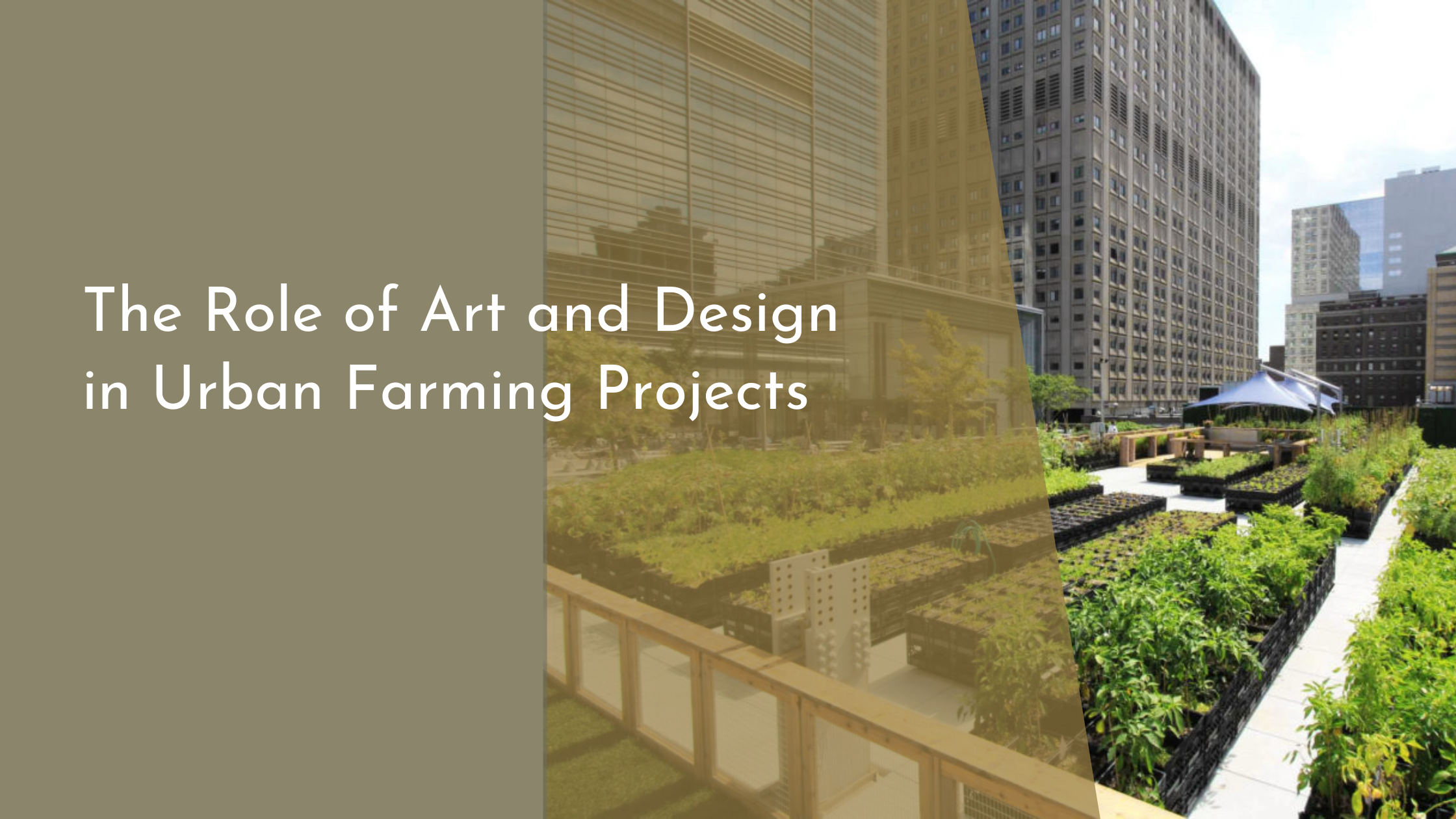The Role of Art and Design in Urban Farming Projects
Urban farming is rapidly gaining popularity as a sustainable solution to food production challenges in cities. Integrating agriculture into urban environments not only addresses food security but also enhances community well-being. Art and design play a crucial role in transforming these urban farming projects into aesthetically pleasing and functional spaces. By infusing creativity into urban agriculture, communities are not only cultivating food but also fostering social connections and enhancing cityscapes. This article explores how art and design influence and reshape urban farming initiatives, contributing to their success and appeal.
Exploring Urban Farming: A Creative Approach
Urban farming transforms underutilized city spaces into vibrant hubs of agricultural productivity. The process requires a creative approach, blending traditional agricultural practices with innovative urban design. By incorporating art and design, urban farms become more than just food production sites; they become platforms for community engagement and cultural expression. The creative approach to urban farming goes beyond functionality, ensuring that these spaces are inviting, educational, and visually stimulating.
Art and design in urban farming can take many forms, from colorful murals and sculptures to creative planters and architectural structures. These artistic elements not only beautify the space but also engage and educate the community about sustainability and food production. By embedding creative elements in urban farms, these projects can attract diverse groups of people, encouraging community interaction and fostering a sense of ownership and pride among local residents. This blend of creativity and agriculture helps redefine urban landscapes and promotes a sustainable future.
Artistic Influences on Urban Agriculture Spaces
Artistic influences in urban agriculture spaces bring a unique dimension, transforming simple gardens into visually arresting environments. Murals and public art installations can reflect the cultural and historical context of the community, creating a deeper connection between the farm and its surroundings. In addition, gardens can serve as canvases for artists, where the changing seasons and growth cycles add a dynamic element to the artwork, making each visit to the farm a new visual experience.
Furthermore, art in urban agriculture often functions as a tool for education and awareness. Installations can communicate messages about the importance of biodiversity, the benefits of organic farming, and the need for environmental stewardship. By engaging visitors through art, these spaces can inspire a greater appreciation for nature and a more profound understanding of sustainable practices. This artistic infusion cultivates not only plants but also community awareness and environmental consciousness.
Design Innovations Shaping Urban Farming Practices
Design innovations are pivotal in optimizing urban farming practices, ensuring efficiency and sustainability. Vertical farming, for instance, demonstrates how design can maximize space in densely populated urban areas. By utilizing vertical structures, urban farms can grow more produce in a smaller footprint, making farming viable in limited spaces. Such innovative designs can also incorporate hydroponic and aquaponic systems that reduce water usage and minimize environmental impact.
Another significant design innovation is the use of modular and mobile farming systems. These systems allow for flexibility and adaptability, enabling urban farms to be established in unexpected places like rooftops, parking lots, and even vacant lots. By employing cutting-edge design techniques, urban farming projects can quickly adapt to changing urban environments, meeting the needs of various communities while encouraging sustainable practices. These innovations are crucial in integrating agriculture into urban settings, making it an integral part of city life.
Art and design are instrumental in the evolution of urban farming projects, making them more than just sources of food. They transform these spaces into community landmarks, fostering collaboration, creativity, and sustainable living. By integrating artistic elements and innovative design into urban agriculture, cities can cultivate not only crops but also a vibrant community and a greener future. The synergy between art, design, and urban farming creates a holistic approach to urban development, promising a lively and sustainable urban landscape for future generations.

